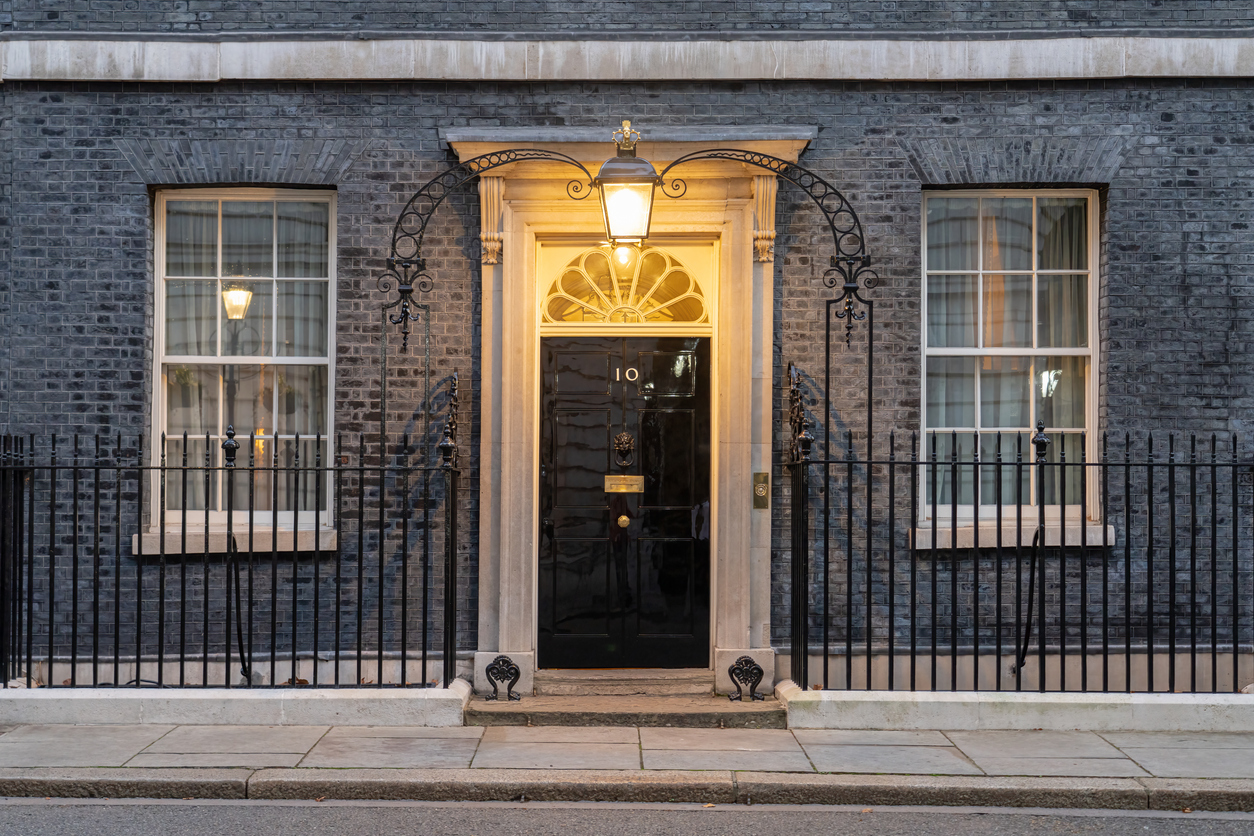After an unprecedented amount of speculation, uncertainty and leaked information in the lead up to the Budget, Rachel Reeves' theme of "stability" in the Budget speech seemed slightly ironic.
An OBR leak before the speech gave a hint at the main policy changes but, as always, the detail on tax changes emerged from the Budget papers released later and documents (eventually) appeared on many more topics than were mentioned by the Chancellor.
In general, the tax changes seem less dramatic than they have been in recent years and are largely confined to tightening up rules than root and branch reform. With some exceptions, many of the tax raising measures are deferred until 2028 or later, when the next general election will rapidly be approaching.
There were no significant changes to inheritance tax, capital gains tax or corporation tax for most taxpayers, no changes to rates of tax or NICs for members of most LLPs, and no changes to SDLT or ATED. There was no announcement of a new wealth tax or an exit tax.
Income tax
One of the most significant revenue-raising measures is an extension of the freeze on income tax and NIC thresholds and allowances for an additional three years from 2028/29 to 2030/31. This will drag many more people into higher rate tax bands and is widely considered to be a tax rise by ‘stealth’.
Notwithstanding a manifesto pledge not to increase the rates of income tax, NICs or VAT, the government have announced increases to some income tax rates in the budget this year: the basic and higher rates will increase by 2 percentage points for dividends from April 2026, and the basic, higher and additional rates all rise by 2 percentage points for savings and rental incomes from April 2027. This will create a confusing mix of tax rates for different sorts of income – for example, basic rates of 10.75% (dividends), 20% (employment and other income), and 22% (rent and savings).
Further, the government plans to charge employer and employee NICs on annual pension contributions over £2,000 funded by “salary sacrifice” after April 2029. This could have a significant impact for some, such as those relying on higher pension contributions to avoid the cliff edge when government funding for free childcare is withdrawn as soon as taxable income crosses a threshold of £100,000.
In a welcome move, the assets thresholds for companies to issue shares qualifying for EIS and VCT tax reliefs will double from April 2026, but at the same time the income tax relief for VCT investments will reduce from 30% to 20% (for EIS shares, it remains at 30%).
Inheritance tax
IHT thresholds will also be maintained at their current level until April 2031, including the forthcoming 100% relief allowance for agricultural and business property that was due to be increased beyond £1m from April 2030. The £325,000 nil rate band won’t have changed for over two decades and the residence nil rate amount remains at £175,000 for estates not exceeding £2m.
There were no major changes to IHT more generally and only a small, but helpful, tweak to the £1m 100% APR/BPR allowance coming into force next April. To simplify estate planning, the allowance will be transferable to a surviving spouse or civil partner on the first death of a married couple. This will allow the survivor to inherit these assets and provide up to £2m allowance on the second death, avoiding some earlier fragmentation of businesses and farms. These changes therefore look set to go ahead as planned, subject to technical amendments once the Finance Bill is published. Planning for those changes should now start in earnest.
Individuals who are not long-term UK resident
Following the major ‘non-dom’ reforms last year, there is a welcome IHT change, plus some anti-avoidance changes, for individuals who are not long-term UK resident.
On a positive note, relevant property trust charges will be capped at £5m over each 10-year cycle for non-UK situated property held in a pre-30 October 2024 excluded property trust. This will limit the IHT to which some trusts with significant value are exposed and may even encourage some individuals who left the UK to return.
Separately, to prevent avoidance from 6 April 2026, UK agricultural property (but not business property) held via non-UK entities will be treated as UK situs property and so will be subject to the £1m cap on 100% relief.
Business and property taxation
With immediate effect, including transactions on budget day, the 100% capital gains tax relief for transfers of shares to employee ownership trusts (EOTs) is replaced by a 50% relief, but still uncapped. Employee ownership has been growing apace in recent years, particularly for professional business service such as firms of architects, surveyors, lawyers, and other consultants where active employee engagement and retention remains a key factor. It is to be hoped that this change does not kill the growing movement towards employee ownership of businesses.
There is also a widening and tightening of the capital gain tax rules intended to counteract avoidance associated with share for share and share for debenture “rollover and “holdover” transactions. Affected taxpayers have 60 days to implement existing tax clearances under the old law.
The Chancellor also announced a new “mansions tax”, the High Value Council Tax Surcharge (HVCTS), which will be charged on high value dwellings in addition to council tax and (for corporate owners) the Annual Tax on Enveloped Dwellings (ATED). The details are subject to consultation, but we expect high value dwellings will be subject to an annual charge in bands from £2,500 for properties worth £2m to £2.5m up to £7,500 for properties worth over £5m (using 2026 values, not the 1991 values used for council tax, and updated every 5 years like ATED). The additional tax will be payable by the owner like ATED, not by the occupier like council tax. The new charge is expected to come with very few reliefs.





